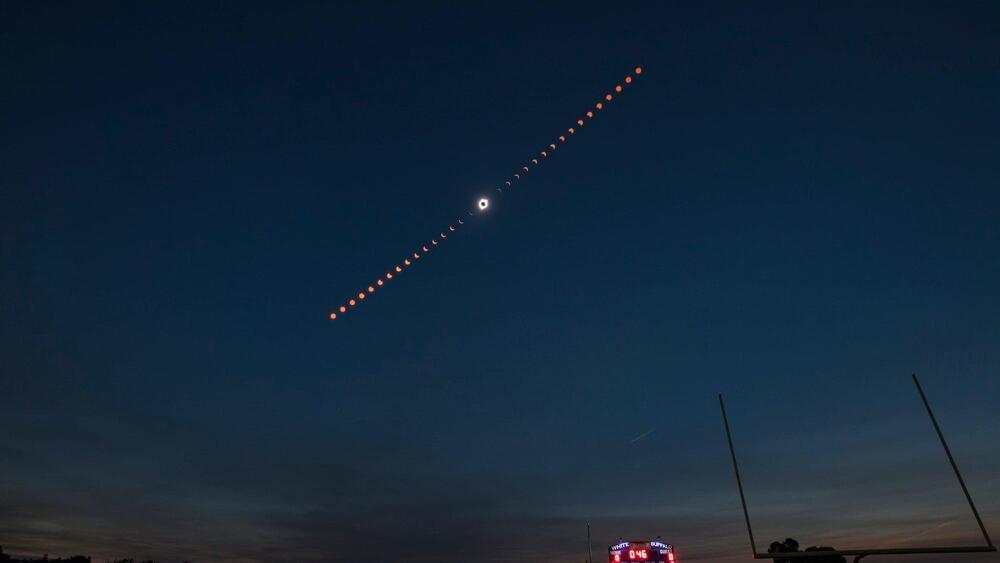Eclipses can be more than just emotionally stirring. Solar eclipses, when they happen, create waves of disturbances across electrically charged particles in the Earth’s ionosphere—a layer of the upper atmosphere that plays an important role in radio frequency communications. Here, the heated and charged ions and electrons swirl around in a soup of plasma that envelops the planet.
To understand the effect that eclipses have on this plasma, scientists from NASA are planning to shoot a series of 60-feet-tall rockets up to collect information at the source.
The ionosphere sits between 60–300 kilometers above the Earth’s surface, which is roughly 37–190 miles up. “The only way to study between 50 kilometers and 300 kilometers in situ is through rockets,” says Aroh Barjatya, director of the Space and Atmospheric Instrumentation Lab and principal investigator on the upcoming NASA sounding rocket mission, which is called Atmospheric Perturbations around the Eclipse Path. By in situ, he means quite literally in the thick of it.
